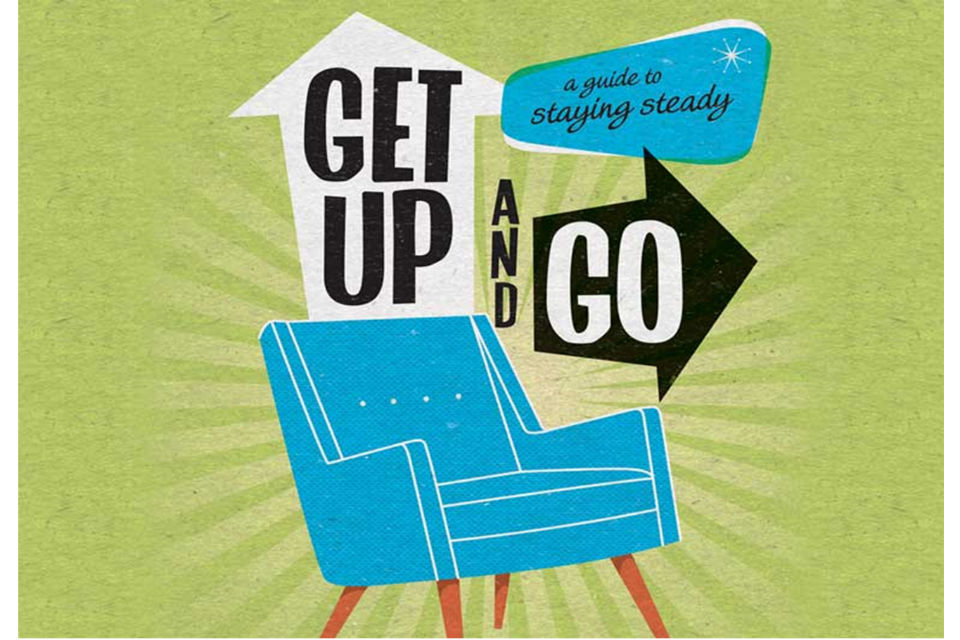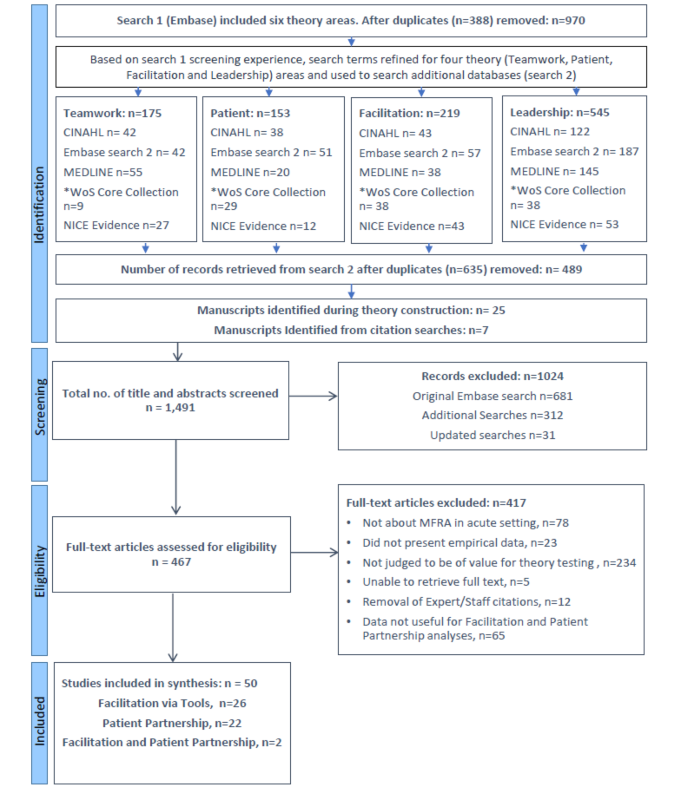Excitement About Dementia Fall Risk
Excitement About Dementia Fall Risk
Blog Article
What Does Dementia Fall Risk Do?
Table of ContentsAbout Dementia Fall RiskNot known Incorrect Statements About Dementia Fall Risk Dementia Fall Risk Things To Know Before You Get ThisGetting My Dementia Fall Risk To WorkSome Ideas on Dementia Fall Risk You Should Know
The FRAT has three areas: drop threat status, danger aspect list, and activity plan. An Autumn Threat Standing includes data about history of current drops, drugs, psychological and cognitive standing of the client - Dementia Fall Risk.If the client ratings on a threat factor, the corresponding number of points are counted to the person's autumn risk score in the box to the far. If a patient's autumn danger score completes 5 or higher, the individual is at high danger for drops. If the person scores only four points or reduced, they are still at some danger of dropping, and the registered nurse needs to utilize their finest professional analysis to manage all autumn threat variables as part of a holistic treatment plan.
These standard methods, as a whole, assist develop a secure setting that minimizes unintended drops and delineates core safety nets for all patients. Indications are important for individuals at risk for falls. Doctor require to acknowledge that has the problem, for they are accountable for executing activities to advertise client security and stop drops.
What Does Dementia Fall Risk Mean?
Wristbands need to include the client's last and first name, day of birth, and NHS number in the UK. Just red color should be made use of to indicate special client status.
Things that are also far might require the individual to get to out or ambulate needlessly and can potentially be a danger or add to drops. Aids stop the person from going out of bed with no help. Registered nurses reply to fallers' telephone call lights extra promptly than they do to lights initiated by non-fallers.
Visual impairment can substantially cause falls. Keeping the beds closer to the flooring decreases the threat of falls and serious injury. Placing the mattress on the floor dramatically minimizes autumn risk in some health care settings.
Examine This Report about Dementia Fall Risk
Patients who are tall and with weak leg muscular tissues who attempt to rest on the bed from a standing setting are most likely to fall onto the bed since it's as well low for them to reduce themselves securely. If a high client attempts to get up from a reduced bed without assistance, the individual is most likely to fall back down onto the bed or miss the bed and drop onto the flooring.
They're designed to promote prompt rescue, not to prevent drops from bed. Audible alarm systems can additionally advise the client not to rise alone. Using alarms can additionally be a substitute for physical restrictions. Apart from bed alarms, boosted guidance for high-risk patients also may assist stop falls.

Patients with a shuffling stride boost loss opportunities drastically. To lower autumn threat, footwear should be with a little to no heel, thin soles with slip-resistant step, and sustain the ankle joints. Recommend patient to make use of nonskid socks to stop the feet from gliding upon standing. Urge why not look here individuals to put on suitable, well-fitting shoesnot nonskid socks for motion.
Getting The Dementia Fall Risk To Work
Patients, especially older adults, have decreased visual capacity. Lighting a strange atmosphere assists boost exposure if the individual need to rise in the evening. In a research, homes with ample lights record fewer falls (Ramulu et al., 2021). Improvement in lighting in the house might lower loss prices in older adults (Dementia Fall Risk). Making use of gait belts by all health treatment companies can advertise safety and security when aiding individuals with transfers from bed to chair.

Sitters work for assuring a secure, safeguarded, and secure atmosphere. However, research studies demonstrated extremely low-certainty proof that caretakers minimize autumn risk in acute treatment health centers and just moderate-certainty that options like video monitoring can reduce sitter usage without boosting fall threat, suggesting that sitters are not as useful as at first believed (Greely et al., 2020).
The Greatest Guide To Dementia Fall Risk

Increased physical fitness reduces the risk for drops and restricts injury that is suffered when loss takes place. Land and water-based exercise programs might be similarly useful on balance and gait and consequently decrease the threat for drops. Water exercise might contribute a favorable benefit on equilibrium and gait for females 65 years and older.
Chair Rise Workout is a simple sit-to-stand workout that helps reinforce the muscle mass in the thighs and buttocks and enhances flexibility and self-reliance. The objective is to do Chair Increase exercises without using hands as the customer becomes more powerful. See sources area for an in-depth instruction on exactly how to perform Chair Surge exercise.
Report this page